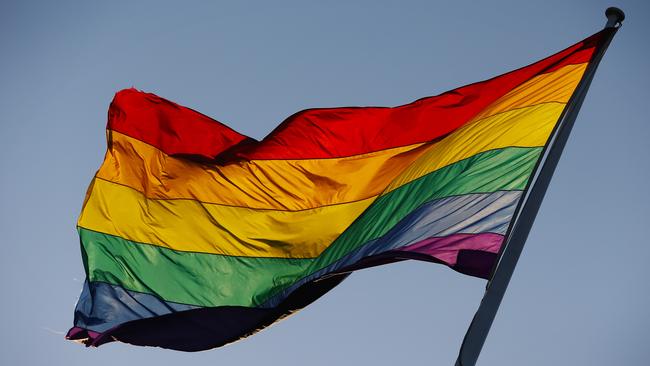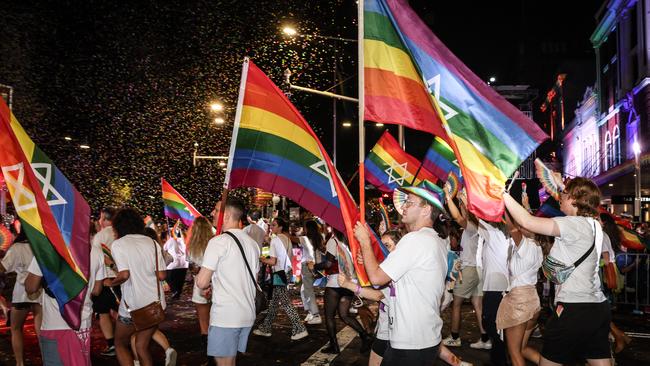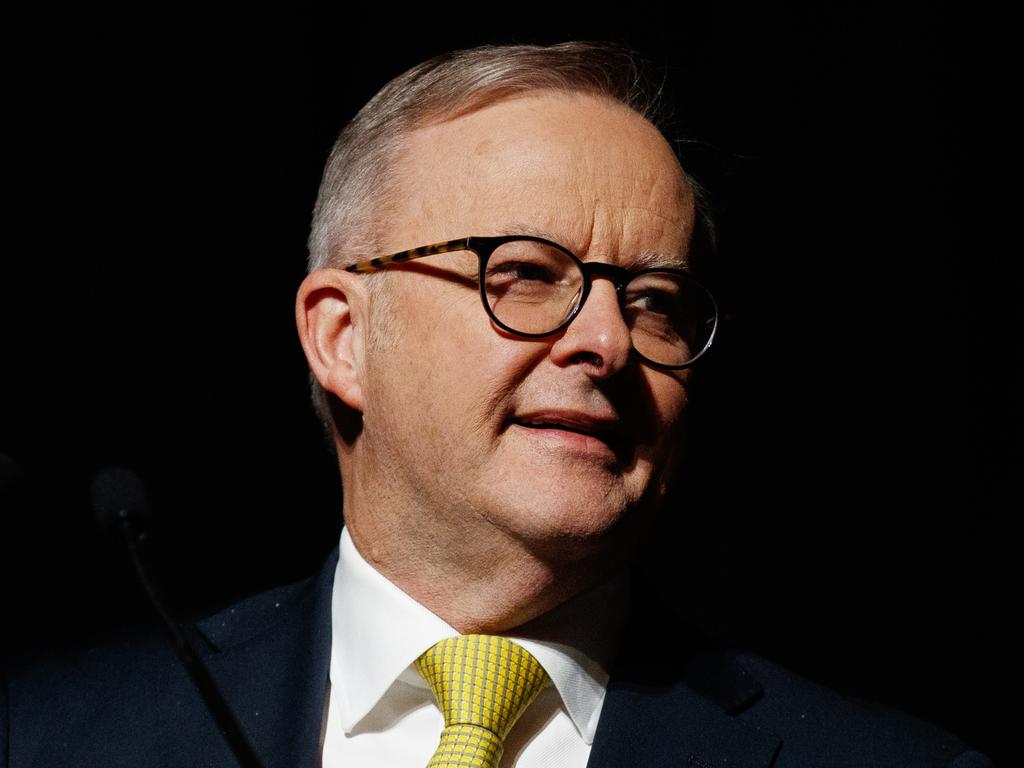First estimates of LGBTI+ Australians gives ‘dignity of being known’
In a prelude to the landmark collection of census data on gender and sexuality, the ABS has released figures showing 4.5 per cent of those over 16 are LGBTI+.

A landmark report has recorded the LGBTI+ population for the first time, concluding about 920,000 Australians are gay, bisexual, sexually diverse or gender diverse, ahead of contentious changes to the 2026 census.
By pooling the responses of 44,984 Australians to its four most recent health surveys, the Australian Bureau of Statistics formed a statistically significant portrait of the nation’s gender identities and sexual orientations, along with those who have had variations in sex characteristics since birth.
It found 3.6 per cent of Australians, or about 740,000 people are gay, lesbian, bisexual or otherwise sexually diverse. A little under 1 per cent of respondents, equating to 178,900 Australians, reported being gender diverse, which covers identities such as trans or non-binary.
Both these figures were higher in those aged 16 to 24, where 1.8 per cent were gender diverse and 9.5 per cent were LGBTI+.
The survey also took note of the number of Australians who reported being intersex or having a variation in sex characteristics, a data point that is unlikely to be collected at the next Census. Some 0.3 per cent of respondents fell into the category.

UNSW population health researcher Bridget Haire said the data left space for interpretation but would bolster future health and population studies.
“We have to acknowledge we’re at the beginning of this journey,” Professor Haire said.
“What we need is some more research to actually test different hypotheses. The more we understand about how people are responding to different questions and how they see themselves in relation to different identity categories, the better the data is going to be. And the better the data is, then the better it is going to be able to support health and social services.”
More accurate figures will be recorded in the 2026 Australian Census, although mention of LGBTI+ Australians in the survey was previously in doubt.
In August, the Albanese government opted to strike questions on sexual orientation, gender diversity and intersex conditions from the proposed Census, fearing a political battle over the queries.
The captain’s call was panned across the political divide, including within the Labor Party, resulting in the government twice walking back its decision.
Its first backflip was in August when Anthony Albanese confirmed a question on sexual orientation would be included, and Jim Chalmers later said the Census would have a separate point on gender diversity.
Professor Haire said the ABS was now unable to include a question on sex characteristics and intersex conditions in the 2026 Census, given the timeline for delivery.
Greens LGBTIQA+ spokesperson Stephen Bates at the time said Labor had “shown us their true colours in making the decision”. “If they think they can get away with abandoning promises to the LGBTIQA+ community, they will,” he said.
LGBTI+ advocates argued more informed population data would better ensure access to relevant services.
“Up until now 4.5 per cent of Australians, or almost one million people, have been hidden from our national data sets,” Equality Australia chief executive Anna Brown said.
“We now know LGBTIQ+ people live in every part of Australia, in regional, rural, metro and remote areas, and this means local councils, service providers and government agencies will be able to better serve the needs of our communities.
“These estimates underscore the need for a more complete and accurate picture of Australia in the 2026 Census.”
The ABS survey shows the demography of Australia’s LGBTI+ population is markedly similar to New Zealand’s, which has a matching proportion of sexually diverse citizens, and 0.6 per cent reporting gender diversity, compared to 0.9 per cent here.
It also found gay and bisexual men were far more likely to be born overseas than lesbian or bisexual women, with migrants making up 27.4 per cent and 18.8 per cent of the respective populations.





To join the conversation, please log in. Don't have an account? Register
Join the conversation, you are commenting as Logout